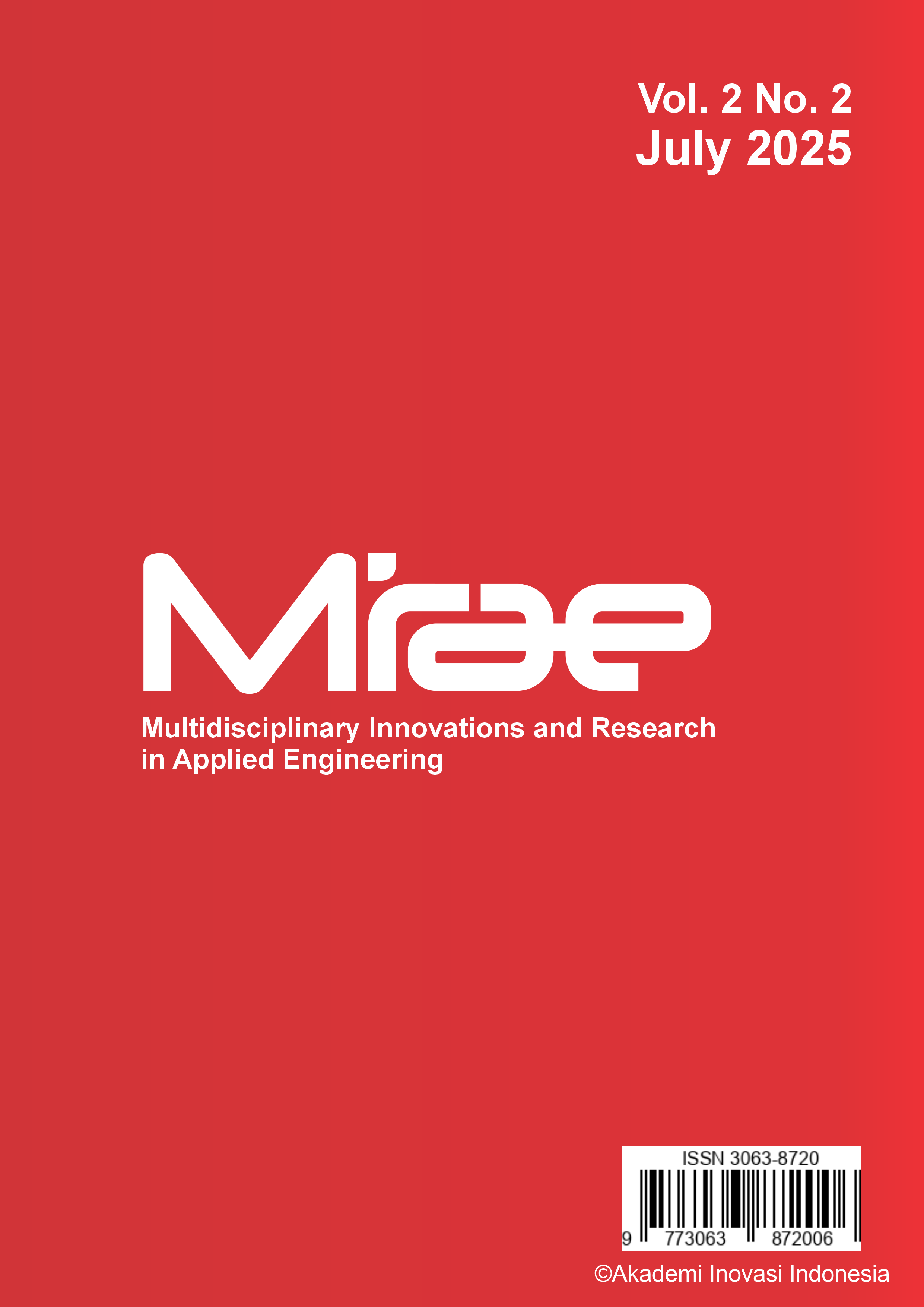The Effect of Infill Variation on the Tensile, Bending, Impact, Hardness, and Density Properties of PLA and ABS Materials Produced by FDM

Abstract
Additive Manufacturing (AM) or 3D printing using the Fused Deposition Modelling (FDM) method offers high flexibility in the production of polymer components through process parameter settings, one of which is the infill percentage that affects mechanical performance. This study analyzes the effect of infill variations (25%, 50%, 75%, 100%) on the mechanical properties of two popular thermoplastic materials, Polylactic Acid (PLA) and Acrylonitrile Butadiene Styrene (ABS). Testing was conducted according to ASTM standards, including tensile strength, bending strength, impact strength, hardness, and density. The results show that PLA has higher tensile strength (47–53 MPa), bending strength, and hardness compared to ABS (33–38 MPa). Conversely, ABS demonstrates better toughness through higher impact values, while the difference in density is relatively small and insignificant. Increasing the infill percentage is proven to enhance strength and hardness in both materials, but this is accompanied by an increase in material consumption. These findings indicate a trade-off between stiffness and toughness, so material selection must be tailored to application requirements. PLA is more suitable for precision components requiring dimensional stability, while ABS is recommended for applications with dynamic loads and impact risks. This study provides a practical foundation for optimizing FDM parameters, particularly material and infill, in engineering, medical, and consumer product applications.
Keywords
Additive manufacturing, FDM, Infill density, PLA, ABS
